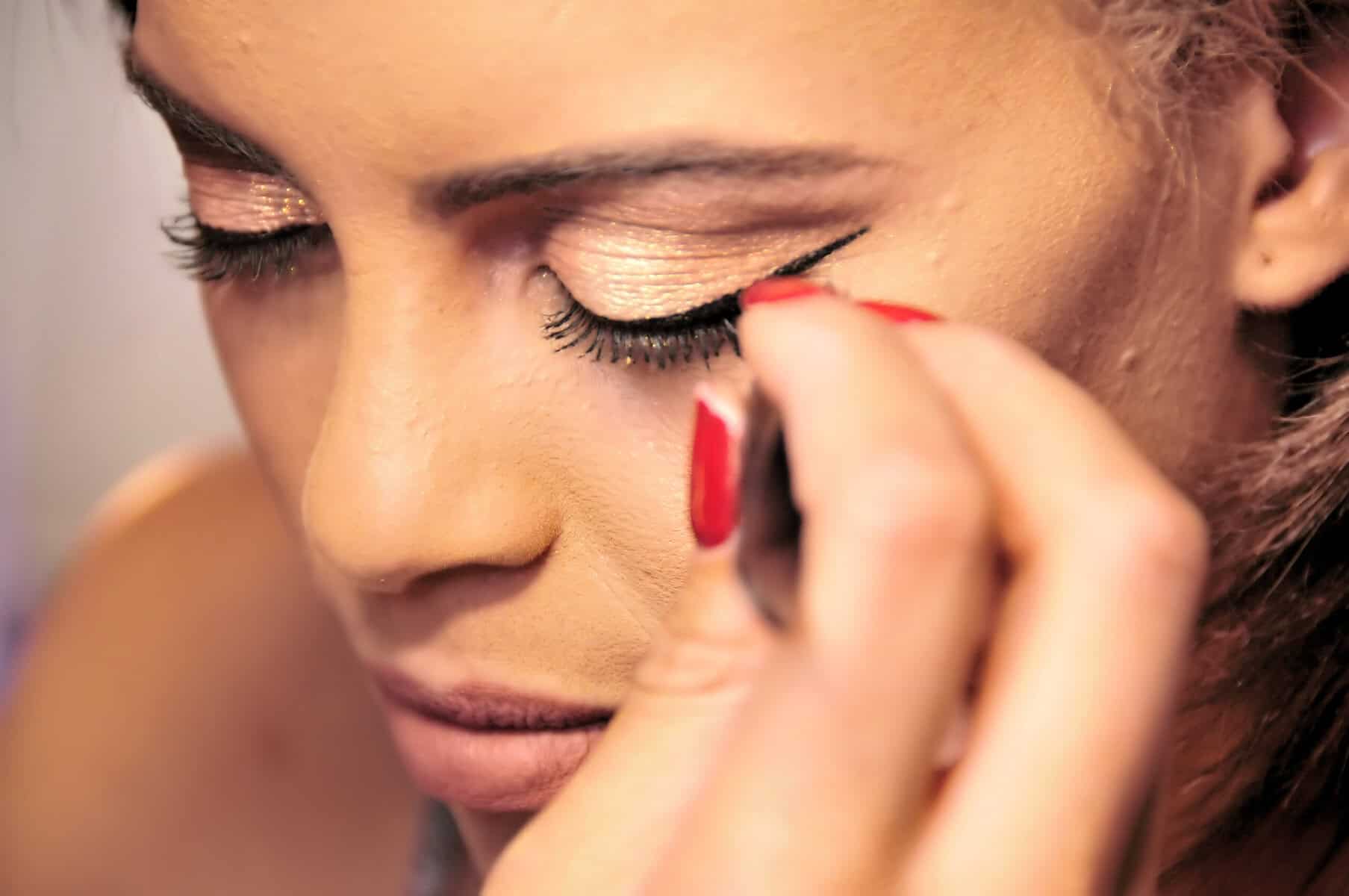The wellness recession isn't what it sounds like. Instead, Gen Z is leading a charge in pursuit of health and happiness as life-critical.

Fashion can be sleek, sexy and outright strange. But sometimes the origin of trends that become wardrobe staples verges on the bizarre.
And while it’s somewhat hard to imagine, much of what we understand as fashion standards had its origins in disease, stigma and plain survival.
Fashion and trend expert Lynne McMaster noted that many aspects of what we consider style today originally served a dual purpose or had origins that are now completely opposite to what we understand them to be.
Tuberculosis was a scourge in the 1800s, and it scarred necks and collarbones that made people who had the disease instantly recognisable.
Research into the origins of high collars and neck-hiding fashion shows that stiff, high collars were adopted to cover the marks left by TB.
“What started as concealment became sophistication,” McMaster said. “Lace and embroidery transformed the look into Victorian high-necks, and today’s turtlenecks are their legacy.”
Origin of your foundation and concealer
Smallpox in the 1700s left survivors with pockmarked faces, so to hide the scars, people turned to applying layers of white powder and rouge. At the time of the epidemic, this was not exactly a healthy choice because many of these powders contained lead or mercury.
“People were literally poisoning themselves to look flawless,” McMaster shared. “But French court life made the look fashionable, and it set the stage for modern foundation and concealer.”
ALSO READ: Surf Sense: South African swimwear making waves
Walking sticks became a symbol of refinement
Walking sticks were originally medical solutions for conditions like gout, arthritis and injuries that strained walking.
However, over time they became fashionable, and people embedded the utility accessory with ivory or silver, some were even made with hidden compartments.
“The cane stopped being about frailty,” McMaster said. “It turned into a symbol of authority and refinement, carried not just for support, but for status.”
What elegant long-sleeve gloves hide
People who suffered from skin conditions like leprosy, syphilis and eczema were subject to a lot of stigma and, they covered up consequently.
Long-sleeved gloves were fashion’s answer, along with extended sleeves on garments. But, these clobber additions also changed in utility value and by the 1800’s they represented good etiquette.
“In the Victorian era gloves meant modesty, not illness,” McMaster said. “But their roots were about hiding what people did not want to see.”
Super tight corsets
Designer Jean Paul Gaultier’s Madonna corsets of the early Nineties were not the original sexy. In fact, the garment has more morbid roots.
Tuberculosis also gave rise to what’s called the consumptive chic look. Consumption, of course, TB’s initial name. This was an aesthetic that romanticised frailty.
Women wore corsets so tight that it pinched their bodies into a look that was billed the deathbed silhouette.
“It crushed lungs and organs,” McMaster said “Doctors warned against it, but fashion carried on. The corset is one of the starkest examples of disease shaping beauty ideals.”
The beginnings of the mini skirt
When medical scientist Robert Koch proved in 1882 that tuberculosis was contagious, doctors turned to fashion for solutions.
Long skirts, fashionable at the time, were blamed for being wardrobe brooms that swept up germs from filthy streets.
Concomitant to this, skirts became shorter. It was the beginning of what would ultimately become the mini skirt, a century or so later.
“Authorities ran Public health campaigns urged women to shorten their hems,” McMaster said. “It was one of the rare times science reshaped fashion directly.”
High heels were a guy thing
Almost a thousand years ago, in the tenth century, men used high heels to keep their feet secured in stirrups while riding their steeds.
Later, it became a symbol of wealth and status in Europe and only by the mid-1700s did women start wearing heels as a fashion statement.






